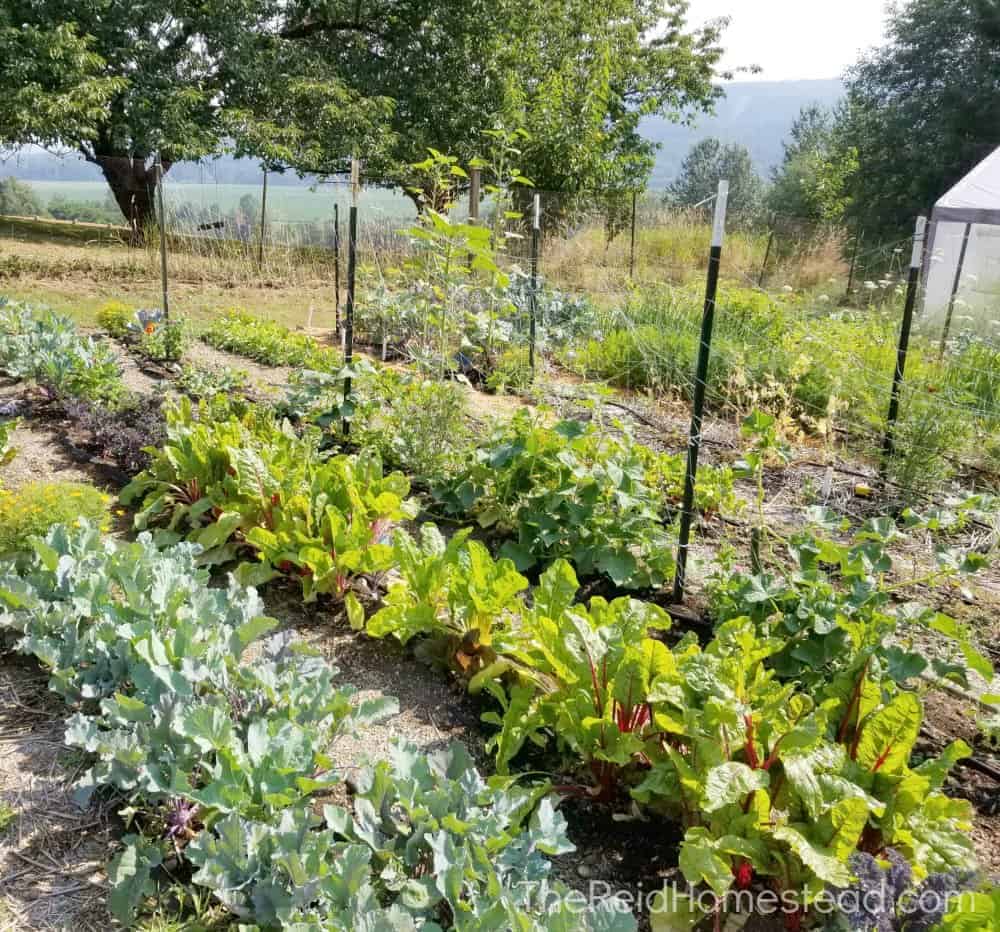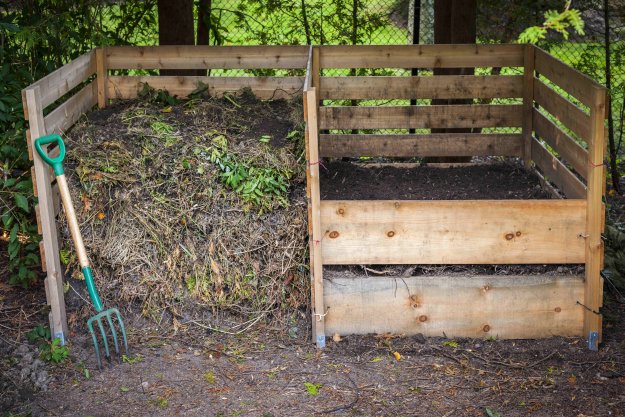Watering and Soil Management Tips for Homestead Gardening
Watering and Soil Management Tips for Homestead Gardening
Blog Article
Learn Just How to Grow a Prospering Horticulture Environment for All Skill Degrees
Producing a flourishing yard is a diverse undertaking that can be embraced by people at any skill level. By examining crucial elements such as soil health, suitable plant selection, and seasonal care routines, one can develop a lasting gardening practice that generates enjoyable results. Understanding exactly how to analyze and boost your garden space lays the structure for success. Yet, the intricacies of carrying out these concepts frequently present challenges that can deter even one of the most enthusiastic amateur. What techniques can be employed to get rid of these barriers and promote a truly flourishing atmosphere?
Comprehending Your Yard Space
In the realm of horticulture, understanding your yard room is critical to cultivating a prospering landscape (Homestead Gardening). The initial step in this venture includes assessing the certain characteristics of your plot. Factors such as soil composition, sunshine direct exposure, and drainage play critical duties in identifying the suitability of your garden for various types of plants
Begin by conducting a dirt test to evaluate pH degrees and nutrient web content, which will educate any type of needed amendments. Additionally, observe just how much sunshine your area receives throughout the day. Different plants have varying light demands; some thrive in complete sun, while others choose partial or complete color.

Last but not least, review the offered area and strategy as necessary. This includes thinking about plant heights and infected ensure adequate room for growth without congestion. By obtaining a detailed understanding of your yard space, you established the foundation for a successful horticulture experience.
Choosing the Right Plant Kingdoms
Picking the right plants for your yard needs cautious consideration of different elements, consisting of environment, dirt problems, and personal choices. Beginning by examining your local environment, as particular plants thrive specifically temperature level ranges and weather condition patterns. As an example, tropical plants might not make it through in colder regions, while durable perennials can withstand rough winters.

Consider your personal choices, consisting of visual charm and upkeep degrees. Determine whether you prefer lively blossoms, lavish vegetation, or edible crops. In addition, consider the time and initiative you want to purchase plant care, as some selections demand more attention than others.
Last but not least, think of the yard's layout and light direct exposure. Sunlight patterns throughout the day will certainly influence your options-- some plants need full sun, while others grow in shade. By thoughtfully analyzing these components, you can produce a efficient and unified yard tailored to your setting and tastes.
Important Gardening Tools
A well-appointed gardener can substantially boost their gardening experience and results. Important gardening devices are fundamental to growing an effective garden, despite ability degree. Initially, a strong spade is important for excavating and turning dirt, while a trowel enables exact planting and hair transplanting of smaller plants.
Pruning shears are essential for keeping plant wellness by removing thick or dead branches, advertising much better air flow and development. In addition, a hand navigate to this website rake is useful for getting rid of debris and freshening the dirt, ensuring optimal conditions for plant origins.
Gardening gloves secure hands from thorns, blisters, and chemicals, making them an important accessory. A watering can or tube with a flexible nozzle makes sure that plants receive ample dampness without overwatering.
Finally, consider investing in a sturdy wheelbarrow for delivering soil, plants, and tools around the garden effectively. By assembling a quality toolkit that consists of these crucial products, garden enthusiasts can take on different jobs with confidence and convenience, leading the way for a prospering gardening setting. Keep in mind, the right devices not just enhance effectiveness however additionally improve the total enjoyment of the horticulture process.
Dirt Prep Work and Upkeep
Quality soil is the foundation of a successful yard, making proper prep work and upkeep vital for healthy and balanced plant growth. The initial step in soil prep work involves checking its pH and nutrient degrees. This can be accomplished with soil screening packages available at gardening facilities or via professional services. Based on the test results, amendments can be made to optimize soil problems for specific plant demands.
Including raw material, such as garden compost or well-rotted manure, is crucial for enhancing dirt structure and fertility. This not click to read only improves nutrient schedule however likewise promotes advantageous microbial activity. Additionally, appropriate drainage is important; hefty clay soils may need the addition of sand or perlite to enhance oygenation.
Normal maintenance of soil health consists of mulching, which preserves wetness and subdues weeds. Rotating crops annually aids prevent nutrient deficiency and minimizes bug and illness risks. It is additionally vital to stay clear of over-tilling, which browse around this web-site can interrupt dirt structure and injury helpful microorganisms.
Ultimately, a constant dedication to dirt prep work and upkeep will result in a flourishing yard, making sure that plants obtain the crucial nutrients they need for durable growth and performance.
Seasonal Treatment and Management

In springtime, focus on planting new seeds and seedlings, while also carrying out soil examinations to amend nutrient deficiencies. On a regular basis check for bugs and illness, as these can multiply with the warming weather. Summer season needs constant watering and mulching to keep wetness, together with trimming for much better air circulation.
As fall techniques, it's time to prepare the yard for dormancy. This includes collecting plants, tidying up debris, and applying a layer of compost to secure plant origins from frost. Think about growing cover plants to improve the dirt throughout the cold weather.
Last but not least, winter months treatment is essential. Check frameworks like greenhouses for damage and ensure appropriate insulation for sensitive plants. Consistently keep track of for parasites that may look for sanctuary indoors. By adjusting your gardening practices to the seasonal cycles, you can promote a prospering environment that supports plant health and wellness year-round.
Verdict
In verdict, cultivating an effective garden calls for a comprehensive understanding of essential principles such as dirt make-up, sunshine exposure, and appropriate plant selection. Routine seasonal care and monitoring techniques further enhance plant health and performance.
Selecting the right plants for your garden requires careful factor to consider of different variables, consisting of climate, soil problems, and individual preferences. Conduct a soil examination to figure out pH levels and vitamins and mineral content, which will certainly lead you in selecting plants that will prosper in your yard.Lastly, take into consideration investing in a strong wheelbarrow for transferring dirt, plants, and devices around the yard effectively.Quality dirt is the foundation of an effective yard, making proper prep work and upkeep crucial for healthy plant development. Homestead Gardening.In verdict, growing a successful garden requires an extensive understanding of essential principles such as soil make-up, sunlight exposure, and ideal plant selection
Report this page